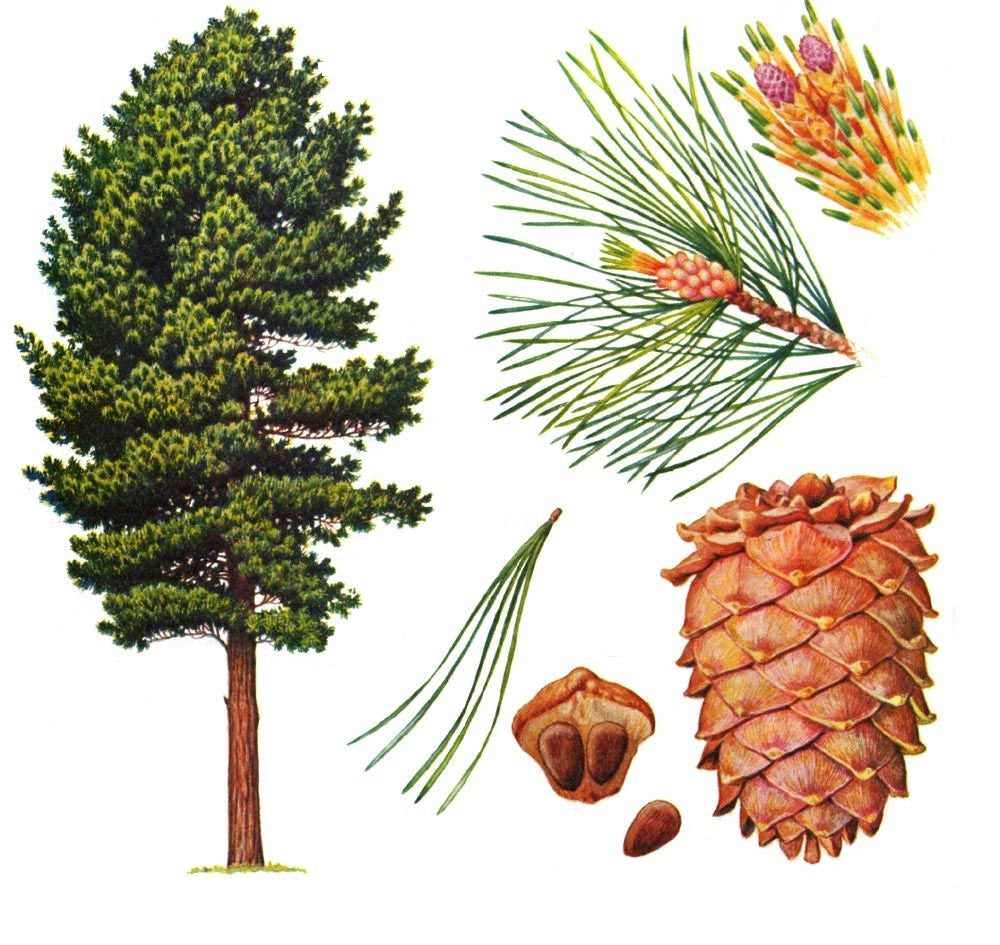1. Kernel Grade and Visual Cues
Authentic producers accept only first-grade kernels—their interiors are light beige or off-white. Lower third- and unofficial fourth-grade nuts show yellowing caused by overheating, oxidation, or over-drying and are rejected . The kernel’s color is your first quality checkpoint.
2. Immediate Vacuum Sealing
In Siberia the cones are shelled, lightly air-dried below heat-damage thresholds, vacuum-sealed on the spot, and shipped cold. This halts oxidation for up to a year before pressing. If the bag is opened, pressing follows within minutes to prevent flavor or nutrient loss.
3. True Cold Pressing (< 45 °C / 113 °F)
During extraction the temperature never exceeds 45 °C. Industrial screw presses labelled “cold-pressed” routinely hit 90 °C and may still be marketed as cold; above 140 °C even regulators drop the claim. Heat destroys delicate antioxidants and alters the fatty-acid profile.
4. Wood-Only Contact
Oil touches oak or ash throughout pressing and collection; metal parts are absent. Metal ions catalyze oxidation and diminish the oil’s energetic properties, so even consumers are advised to use a wooden spoon at home.
5. Low-Yield Extraction to Preserve Integrity
Roughly 50% of the oil remains in the press-cake because no heat or chemical boosters are applied. Yield is sacrificed for biochemical integrity—a trade-off mass producers rarely accept.
6. Small-Batch, On-Demand Production
Bottling starts only after payment; typical lead time is ten days. No long-term inventory means every bottle leaves the press at peak freshness.
7. Protective Packaging and Shelf-Life Discipline
Oil is filled into dark glass that blocks light-induced peroxidation. Unopened bottles kept at 4 °C remain stable for up to six months; the label deliberately shows four months to discourage storage “for a special occasion.” After opening, finish within two months to limit oxygen exposure .
8. Sensory Quality Tests for Consumers
- Color – Pale straw; a deep amber tint indicates heat or age.
- Aroma – Almost neutral; an assertive “pine” smell points to oxidized oil.
- Viscosity – Light, not syrupy.
These cues derive directly from the kernel-grade and temperature controls described above.
9. Industrial Shortcuts to Avoid
- Heat pressing above 90 °C while keeping a “cold-pressed” label.
- Using third- or fourth-grade kernels.
- Diluting with neutral sunflower oil to stretch volume.
Each shortcut raises yield and slashes cost but erodes nutritional value and may introduce trans-fat artifacts.
10. Storage and Handling at Home
Refrigerate unopened bottles, use a wooden spoon for dosing, and keep the cap tightly closed between uses. Do not sip directly from the bottle. These steps continue the metal-free, cold-chain philosophy maintained by careful producers.
Key Takeaways
- First-grade beige kernels + immediate vacuum seal = maximal nutrient retention.
- Press temperature must remain below 45 °C and all contact surfaces must be wood.
- Look for short labelled shelf lives, dark glass, and made-to-order batches.
- Sensory checks (pale color, subtle aroma) quickly flag authentic oil.
By applying these criteria, consumers and researchers can distinguish genuine Siberian cedar (pine) nut oil from industrial imitations and ensure that analytical studies or personal use start with a product worthy of the name.






Leave a comment
This site is protected by hCaptcha and the hCaptcha Privacy Policy and Terms of Service apply.